Dwarf danio - Danio nigrofasciatus
Scientific name: Danio nigrofasciatus
Common name: Dwarf danio
Family: Cyprinidae
Usual size in fish tanks: 3 - 4 cm (1.18 - 1.57 inch)
014
Recommended pH range: 6.4 - 7.4
Recommended water hardness: 6 - 16°N (107.14 - 285.71ppm)
0°C 32°F30°C 86°F
Recommended temperature range: 24 - 27 °C (75.2 - 80.6°F)
The way how these fish reproduce: Spawning
Where the species comes from: South Asia
Temperament to its own species: peaceful
Temperament toward other fish species: peaceful
Usual place in the tank: Top levels
Food and Feeding
Dwarf Danios (Danio nigrofasciatus) are omnivorous fish that, in the wild, primarily feed on small insects and larvae. In an aquarium setting, this can be replicated by offering live or frozen foods such as daphnia, Cyclops, and bloodworms. For everyday feeding, they will also readily accept high-quality flake food or small granules. It’s important to vary their diet to ensure optimal health and vibrant coloration. Offering small amounts multiple times a day mimics their natural feeding behavior and helps maintain water quality.
Origin
The Dwarf Danio is native to South Asia, particularly found in the freshwater streams and rivers of Northern Myanmar (formerly Burma). These environments are typically slow-moving with dense vegetation and slightly acidic to neutral water. In the aquarium, it's important to recreate similar conditions with clean, well-filtered water and plants for cover and security.
Sexing
Sexing Dwarf Danios is relatively easy once they reach maturity. Females tend to have a rounder, more robust body shape, especially when carrying eggs. Males, on the other hand, are slimmer and often display slightly more intense coloration compared to females. Observing the fish during spawning behavior can also make it easier to distinguish between sexes.
Breeding
Breeding Dwarf Danios can be challenging, but with the right setup, it’s possible. These fish are egg scatterers, meaning they will scatter their eggs throughout the tank during spawning. To encourage breeding, set up a separate breeding tank with plenty of plants or breeding mops to catch the eggs. A slightly cooler temperature and small, frequent water changes can also trigger spawning behavior. Once spawning is complete, it is crucial to remove the parents, as they may eat the eggs. After a few days, the eggs will hatch, and once the fry become free-swimming, they can be fed on Infusoria or finely crushed flake food. As the fry grow, they can be transitioned to larger foods such as brine shrimp.
Lifespan
With proper care, Dwarf Danios can live for 2-3 years in captivity. Ensuring stable water parameters, a healthy diet, and regular maintenance will help maximize their lifespan and keep them healthy throughout their lives.
Tank Requirements
Although small in size, Dwarf Danios are active swimmers and require plenty of space to move around. A minimum tank size of 40 liters (~10 gallons) is recommended for a small group of 5-6 fish. They thrive in well-planted tanks with open swimming areas at the surface and middle levels of the aquarium. These fish prefer clean, well-oxygenated water with a temperature between 24-27°C (75.2-80.6°F) and a pH range of 6.4-7.4. A gentle filtration system is ideal to avoid strong currents that might stress these small fish. Regular water changes are essential to keep the environment clean and the water parameters stable.
Tankmates
Dwarf Danios are peaceful fish, making them ideal candidates for community tanks. They should be kept in groups of at least 5-6 individuals, as they are naturally shoaling fish and will exhibit more active, natural behaviors in groups. Suitable tankmates include other peaceful species like Neon Tetras, Harlequin Rasboras, and Corydoras. Avoid housing them with larger, aggressive fish that may view them as prey.
Short Description
The Dwarf Danio (Danio nigrofasciatus) is a small but beautifully marked fish that has only recently made a resurgence in the aquarium hobby. Known for their distinctive stripes and peaceful temperament, these fish make excellent additions to community tanks. They are best kept in groups and, despite their small size, are active swimmers that require a well-maintained, spacious aquarium. With the right care, they can thrive in a variety of aquarium setups, adding both beauty and activity to the tank.
Picture
Bought by aqua-fish.net from jjphoto.dk.
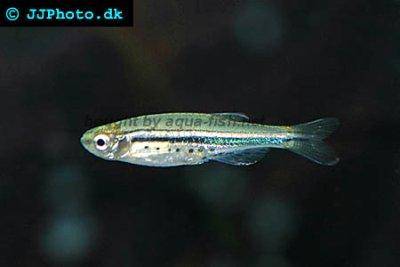

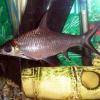 Bala
Bala 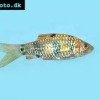 Spotted
Spotted 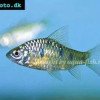 Golden
Golden 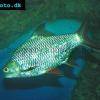 Tinfoil
Tinfoil  Congo
Congo 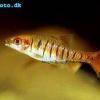 Blue-barred
Blue-barred 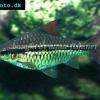 African
African  Butterfly
Butterfly 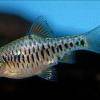 Olivegreen
Olivegreen 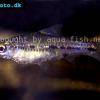 Morse
Morse 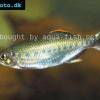 Jerdon’s
Jerdon’s 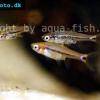 Mosquito
Mosquito 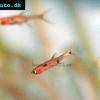 Dwarf
Dwarf 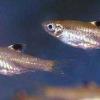 Eyespot
Eyespot 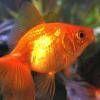 Goldfish
Goldfish  Penguin
Penguin 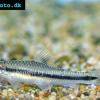 Siamese
Siamese  Koi
Koi 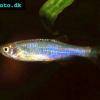 Pearl
Pearl 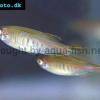 Glowlight
Glowlight 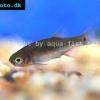 Crossbanded
Crossbanded  Yoma
Yoma 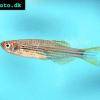 Orange
Orange 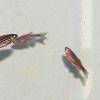 Zebra
Zebra 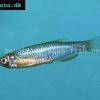 Rose
Rose 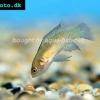 Red
Red 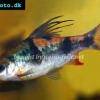 Arulius
Arulius 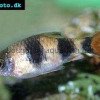 Tambraparni
Tambraparni 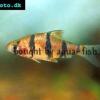 Fiveband
Fiveband 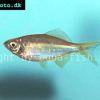 Bengal
Bengal 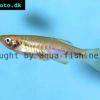 Tiger
Tiger 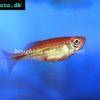 Malabar
Malabar 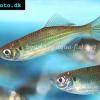 Queen
Queen 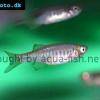 Hora
Hora 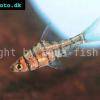 False
False 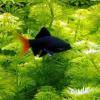 Redtail
Redtail 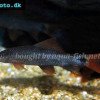 Rainbow
Rainbow 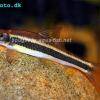 Flying
Flying 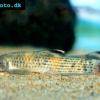 Garra
Garra 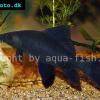 Black
Black 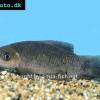 Purple
Purple 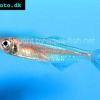 Burmese
Burmese 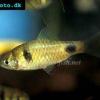 Dwarf
Dwarf  Isok
Isok 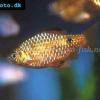 Rosy
Rosy 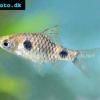 Two
Two 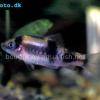 Melon
Melon 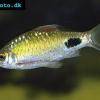 Black-spot
Black-spot 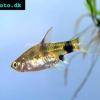 Golden
Golden 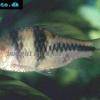 T-Barb
T-Barb 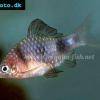 Ruby
Ruby 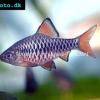 Checkered
Checkered 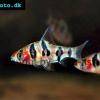 Rhomb
Rhomb 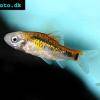 Gold
Gold 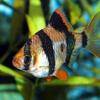 Tiger
Tiger 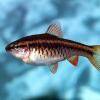 Cherry
Cherry 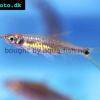 Brittan’s
Brittan’s 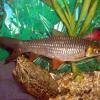 Greater
Greater 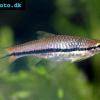 Long-band
Long-band 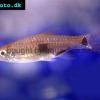 Twospot
Twospot 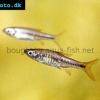 Reticulate
Reticulate 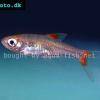 Cherry
Cherry 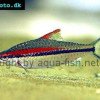 Denison
Denison 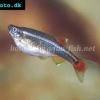 White
White 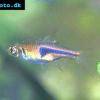 Lambchop
Lambchop 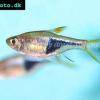 Harlequin
Harlequin